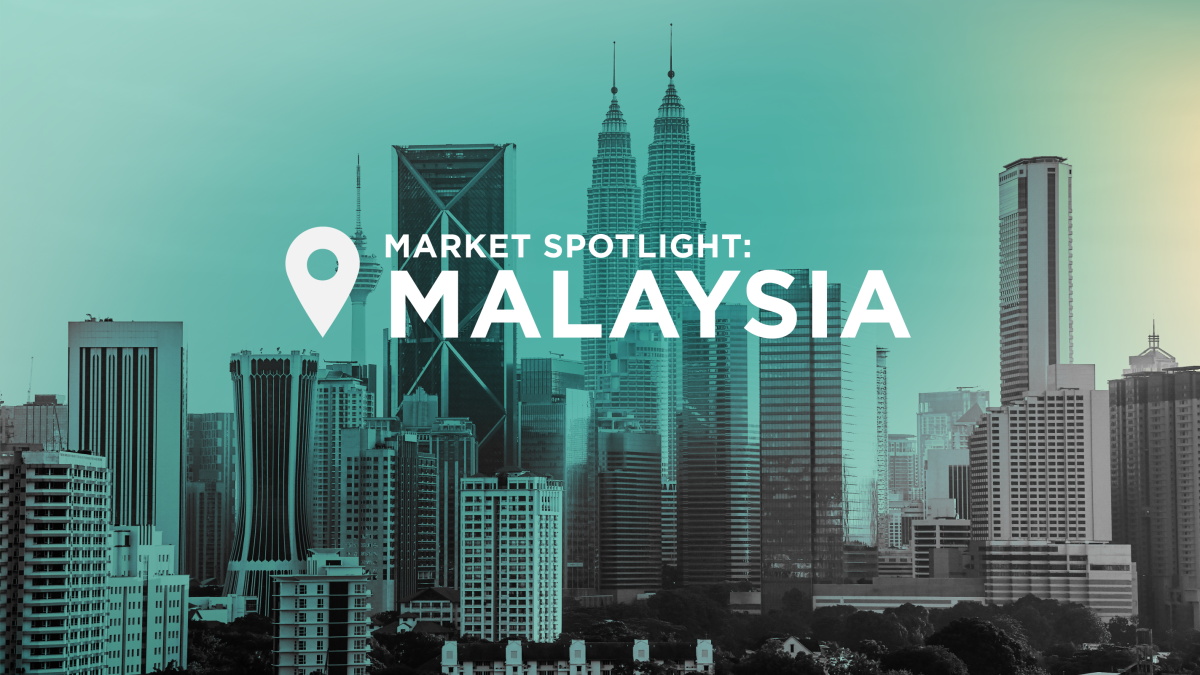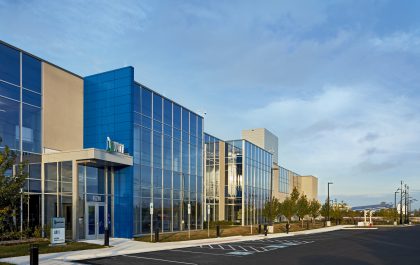Digital Revolution Makes Malaysia a Rising Data Center Hub
The Rise of Cyberjaya, Malaysia as a Data Center Hub
In the mid-1990s, the Southeast Asian country of Malaysia took incredible steps to reinvent itself into a modern, developed nation and economy. Part of that transformation included the creation of the MSC Special Economic Zone – a location in the nation’s capital of Kuala Lumpur that was intended to be a hotbed of innovation and high-tech industry. Since the creation of the MSC, which has been subsequently renamed “Malaysia Digital,” and the introduction of business-friendly policies designed to draw high-tech companies to the country, tech juggernauts, including Microsoft, IBM, Fujitsu and Panasonic, have established a presence in the country.
With a dedicated district for high-tech business, attractive tax incentives for innovative companies and a significant increase in the demand for digital services across the region, it makes sense that Malaysia has become an attractive location for hyperscalers and data center providers alike. But there are other reasons why these companies should be looking to Malaysia, many stemming from what’s happening in the region as a whole.
Fueling Southeast Asia’s Digital Transformation
The digital economy in Southeast Asia is booming. In fact, analyst firm IDC estimates that one in three companies in the region will generate more than 15 percent of their revenue from digital products and services by 2023.
This massive increase in digital service offerings and solutions is enough to spike demand for data center space in Southeast Asia alone. And whenever new or established technology companies establish a presence in a region, the hyperscalers that provide them with essential cloud services, productivity solutions and mission-critical applications will invariably follow. That could explain why IDC also predicts that the public cloud services market in Southeast Asia will reach $11 billion by 2025 at a five-year CAGR of 21.5 percent.
With countries such as Singapore, Malaysia and Vietnam driving an enormous – and constantly growing – demand for cloud and other digital services, it makes sense that the disparate countries in the region would become targets for new data center construction.
Traditionally, hyperscalers looking for a data center presence that would enable them to deliver services to the large, high-tech economies in Asia – including established and developing economies in China, Vietnam, Hong Kong and other locations – have found a home in Singapore. However, the ability for hyperscalers and data center providers to develop new data centers in Singapore was temporally halted in 2019 when the government announced a data center construction moratorium.
The two-year moratorium on data centers has since been lifted by the Singapore government, but there are other factors that are making data center consumers look beyond its borders for data center capacity. Established restrictions on the size of new data centers could impact hyperscalers’ abilities to access the large facilities that they need to meet their immense requirements. And the high cost and lack of land availability is driving hyperscalers and data center providers to the higher availability and lower prices of real estate in neighboring countries.
With high barriers to entry and expensive land in Singapore, many hyperscalers and data center providers looking for data center capacity in Southeast Asia have shifted their focus to Indonesia and Malaysia. And while the two countries offer many benefits, Malaysia seems to hold the edge in data center desirability and construction because of its high-tech-friendly policies, inexpensive energy and commitment to sustainability.
Plenty of Land and Affordable Power
Unlike some Asian markets such as Hong Kong and Singapore, land is readily available and quite affordable in Malaysia. This is especially the case in the high-tech corridor where the Malaysian government is working to actively attract innovative companies and development. Available land isn’t the only thing needed to build and operate a data center. There also needs to be available and affordable power. Malaysia offers a reliable energy grid that delivers consistent and affordable energy to citizens and businesses, alike. In fact, businesses in Malaysia benefit from some of the most affordable energy in the region.
According to Energy Watch, “Malaysia manages to maintain a much lower domestic tariff hence a lower price compared to its Asian counterparts. For example, next-door neighbor, Singapore, which relies on imported fuel for almost all its electricity production, has started to raise electricity prices in April 2021 and those rates continued to climb higher after July 2021, leading to the shutdown of some smaller businesses.”
But there’s more to Malaysia’s energy story than affordability and availability – the country is also committed to sustainability. In 2021, Malaysia announced plans to increase the share of renewable energy in its installed capacity to 31 percent in 2025 and 40 percent in 2035. This involves increasing the installed capacity for renewable energy from 7,995 megawatts (MW) in 2021 to 18,000MW by 2035.
Sustainability is essential for data center providers and hyperscalers. Many of these companies have aggressive “zero emissions” policies – committing to emit net zero carbon emissions within the coming decade. Placing data centers in markets with a large installed renewable energy capacity can help them meet those goals.
When you combine the availability and affordability of real estate, the stability and competitive cost of electricity, the low-risk nature of the geography, the commitment to sustainability and the rapidly growing, high-tech economy, you get a data center market that is increasingly essential for the growing Southeast Asia region.
These findings are supported by 451 Research, which recently released a report indicating that “The Malaysian data center market may have its best growth ahead with the entry and expansion by hyperscalers to meet growing domestic demand following the COVID-19 pandemic. Both wholesale and retail are likely to see growth, with demand for space growing by over 10 percent in 2021…”
To learn more about Vantage’s Cyberjaya data center campus in Malaysia, click HERE.



